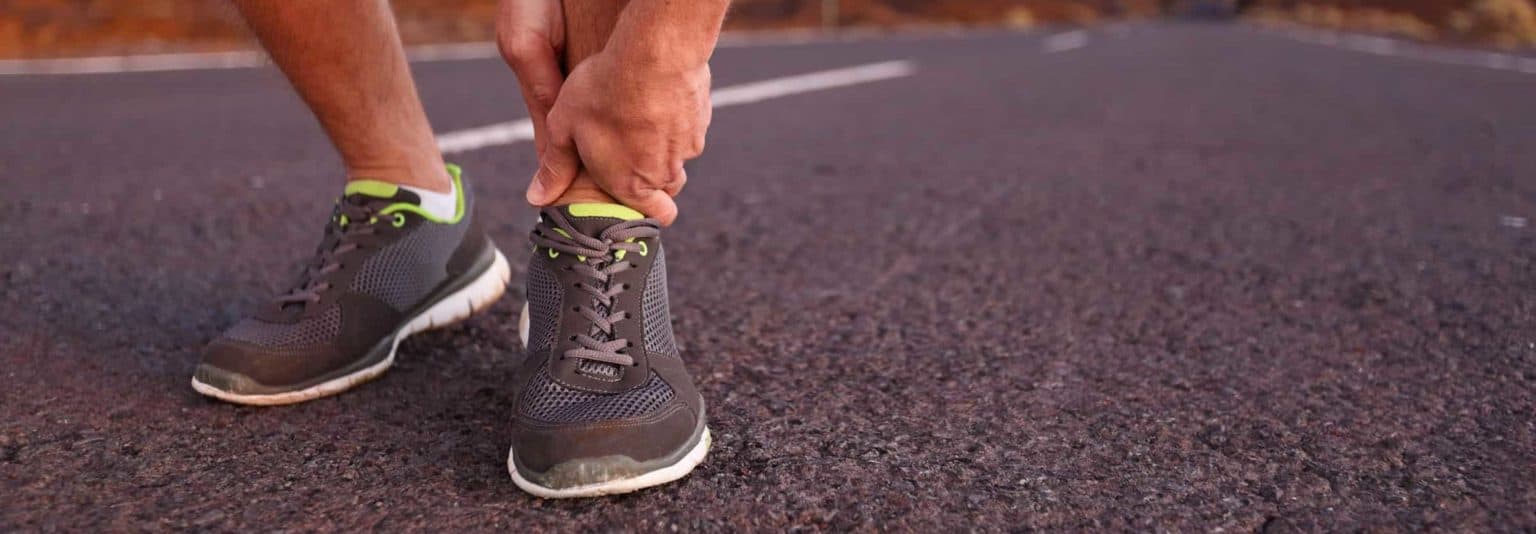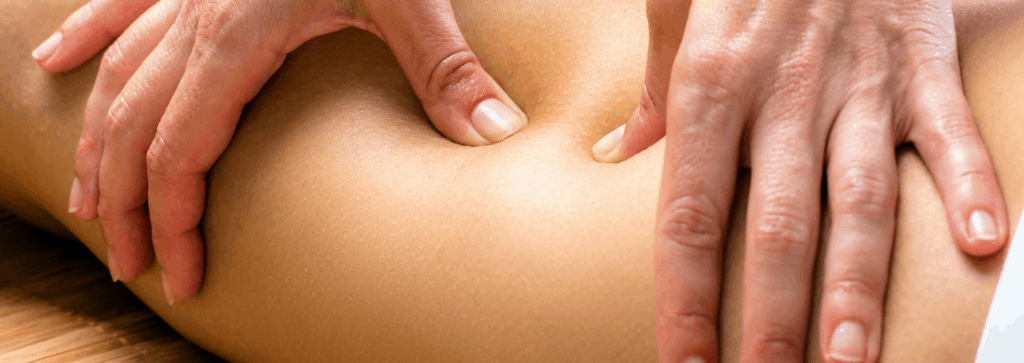This blog is written by the Kimberley Wilson about directional preference in shoulder problems. Kim has an interest in the McKenzie Method (MDT) and all it can offer to therapists and patients. Great video!
I don’t believe in magic cures for injuries and pain but sometimes the McKenzie method can seem like it is just that.
We have written blogs before about the benefits of the McKenzie method and finding a directional preference for your injury.
(If you would like to read more about what directional preference is, this blog describes it in more detail)
But today I would like to show you an example of how amazing this method can be.
Shoulder treatment before your eyes!
The video you see before you is a Credentialed (now Diplomaed) McKenzie therapist, Joel Laing, showing you how his shoulder injury can be made rapidly worse and then rapidly better by using repeated movements.
This clip is not a full assessment, it is the end result of his own assessment to work out exactly what his shoulder responded to (note that he tested and excluded his neck and thoracic spine first).
The results are nothing short of remarkable. This is well worth the 5 minutes to watch!
It shows the idea of directional preference really well – a direction of movement that makes things rapidly better in terms of pain and/or movement.
The opposite direction usually has the opposite effect.
Now admittedly, not all injuries have as dramatic results as this.
Sometimes movements need to be continued for weeks to gain recovery if it is matter of soft tissue tightness.
However, this category of problems that respond rapidly is not at all rare.
A study in 2012 looked at the predominance of the different McKenzie classifications in 388 consecutive extremities (arms and legs) problems.
This particular category of problem represented over 40% of shoulder problems (May and Rosedale 2012)
So while it might not behave this way for everyone, it’s fun and really exciting to see this happen before our eyes, just like magic!
Self treatment really is possible
The other thing that you may have noticed about this clip is that Joel is treating his own shoulder!
Self-treatment, once the correct strategy is identified, is a strength of MDT. That way, you can have a treatment session multiple times a day. Exercises are actually treatment sessions without your physio present.
Many clients and physios have an understanding of the McKenzie Method for the lumbar spine.
Sometimes they know that the neck can be treated this way too.
But most people don’t realise that the McKenzie method can be used for all parts of the body.
At Adelaide West Physio we understand the McKenzie Method and how to use it.
We advocate it because it is safe, patient-focussed and backed by research. But most importantly, because it works and it allow people to get better faster.
All therapist are working their way towards being fully Credentialed McKenzie therapists. This allows us to work effectively as a team – we understand each other and we pull in the same direction.
If you have a problem that you would like to discuss with one of us, just call us up on 8356 1000 to organise a free 15 minute phone consult or click on the ONLINE BOOKINGS button at the top of the page.
Reference:
May S and Rosedale R. A survey of the McKenzie classification system in the extremities: prevalence of the mechanical syndromes and preferred loading strategy. Physical Therapy 2012; 92:1175-1186















